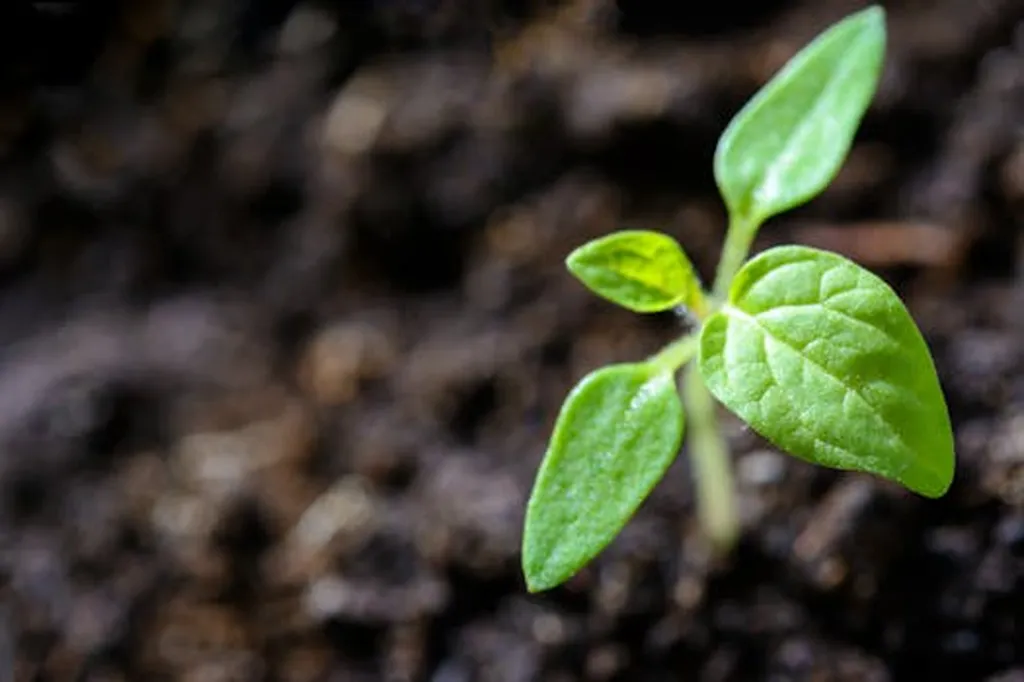In the vast agricultural landscapes of northwestern Russia, a groundbreaking study is shedding light on how different land use types influence soil biogeochemistry, with significant implications for sustainable agriculture and food security. Led by Ruslan Suleymanov from the Laboratory of Soil Science at the Ufa Institute of Biology, this research combines interpretable machine learning with remote sensing data to reveal intricate patterns in soil properties.
The study, published in the journal ‘Land’ (which translates to ‘Земля’ in Russian), analyzed key soil properties such as soil organic carbon (Corg), total nitrogen (N), mobile phosphorus (Pmob), total phosphorus (Ptot), and mobile potassium (Kmob) across 64 soil samples collected from croplands, hayfields, and forests. The findings highlight distinct differences in soil composition based on land use, with forested areas showing the highest concentrations of Corg, Kmob, and N. Conversely, croplands exhibited the highest levels of both types of phosphorus.
“Our results reveal that land management practices fundamentally alter soil parameters, creating diagnostic spectral signatures that can be captured through interpretable machine learning and remote sensing,” Suleymanov explained. This insight is crucial for understanding how different agricultural practices impact soil health and productivity.
The study utilized model-agnostic methods, including permutation and SHapley Additive exPlanations (SHAP), to ensure machine learning interpretability. Spatial visualization of the data revealed clear patterns correlated with land use types, driven by distinct biogeochemical processes across the landscape. The accuracy of predictions for Corg and N was particularly notable, with R² values of 0.53 and 0.55, respectively. SWIR bands from Sentinel-2A satellite imagery played a key role in these predictions.
The implications of this research extend beyond agriculture, offering valuable insights for the energy sector as well. Understanding soil biogeochemistry can inform decisions about land use for bioenergy production, ensuring that practices are sustainable and do not compromise soil health. “By leveraging remote sensing and machine learning, we can develop more precise and effective strategies for managing agricultural lands,” Suleymanov added.
This study not only advances our understanding of soil properties but also demonstrates the power of combining remote sensing with advanced analytical techniques. As the world grapples with the challenges of climate change and food security, such research is invaluable for guiding sustainable land management practices. The findings pave the way for future developments in digital soil mapping and precision agriculture, ultimately contributing to a more resilient and productive agricultural sector.
In an era where data-driven decisions are becoming increasingly important, this research highlights the potential of interpretable machine learning and remote sensing to transform our approach to soil management. As Suleymanov and his team continue to explore these themes, their work promises to shape the future of sustainable agriculture and beyond.

